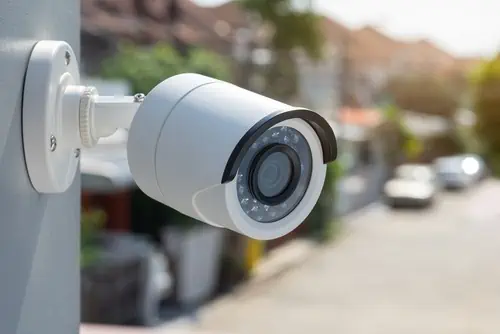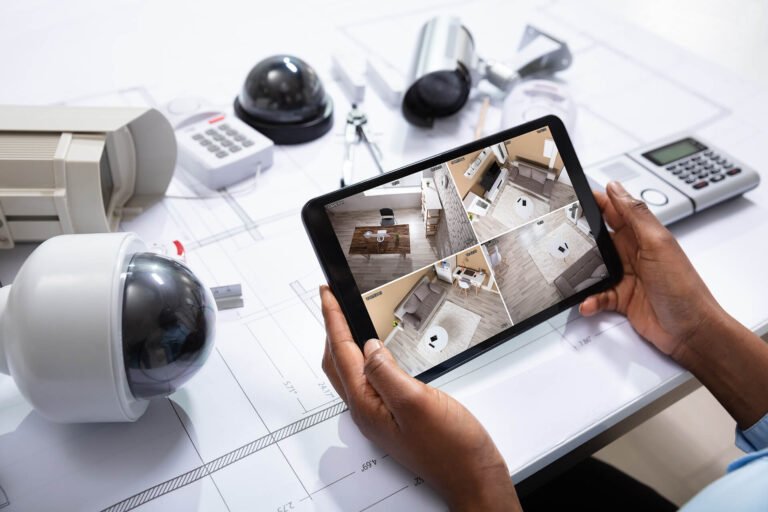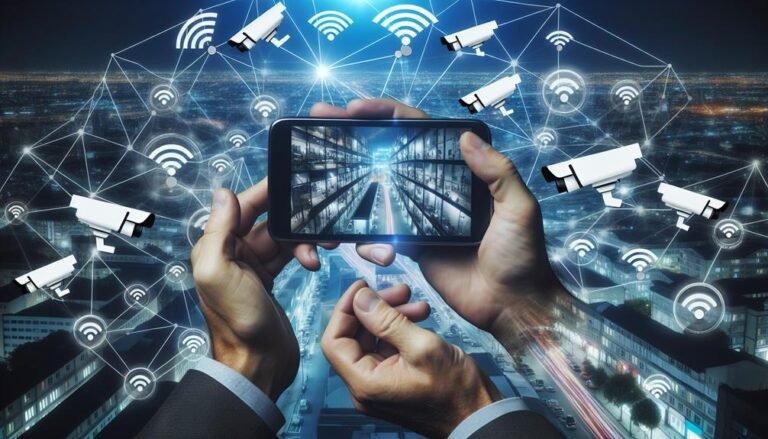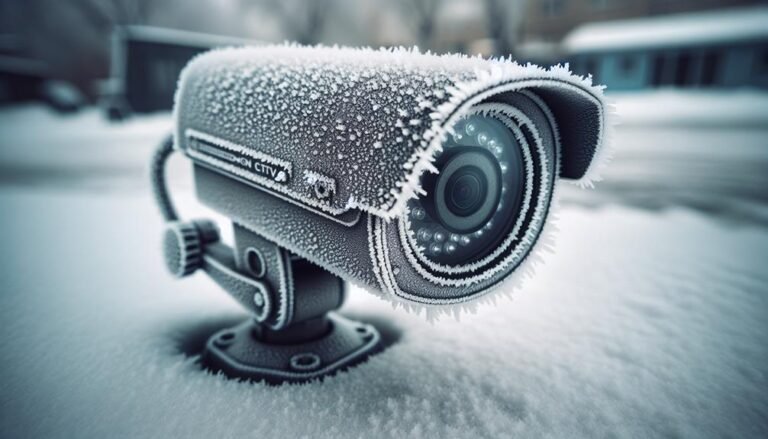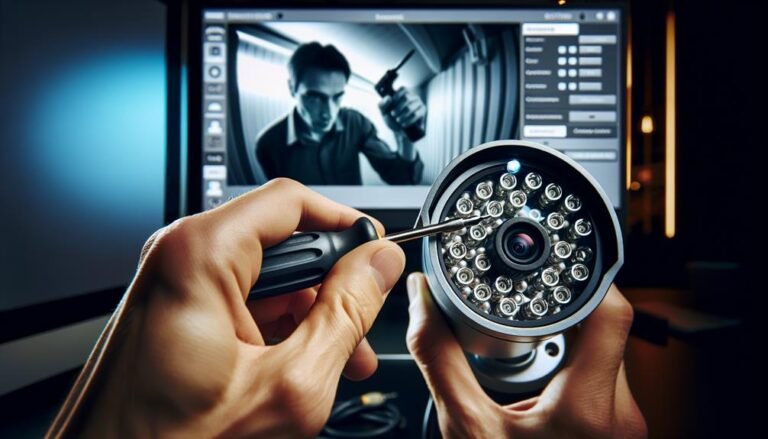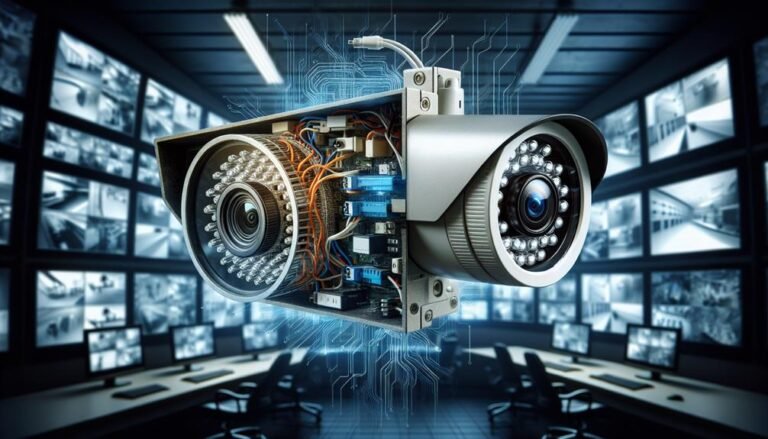Comment réparer la perte vidéo d'une caméra de vidéosurveillance
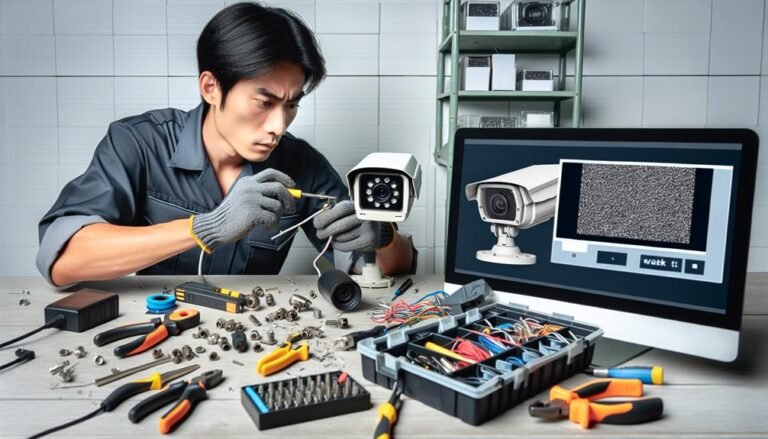
Pour résoudre le problème de perte d'image d'une caméra de vidéosurveillance, commencez par vérifier l'alimentation. Assurez-vous que la caméra est bien branchée et que l'adaptateur secteur fonctionne. Ensuite, vérifiez que tous les câbles ne sont pas endommagés et sécurisez toutes les connexions. Vérifiez les paramètres de la caméra pour vous assurer…
